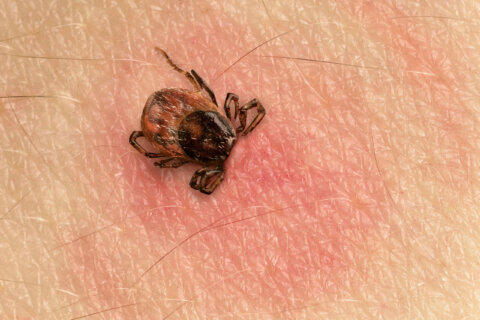The internet provides a wealth of information to help people concerned about medical conditions both diagnosed and suspected, but new research shows that disparities exist online for people of color seeking information about skin cancer.
A project at The George Washington University’s School of Medicine and Health Sciences aims to show more examples of how different conditions would look like on different skin tones. It’s called “The Full Spectrum of Dermatology: A Diverse and Inclusive Atlas.”
“On patient-facing skin cancer education websites, there was an incredible gap … in photographic examples shown of skin cancer in darker skin tones,” said Dr. Adam Friedman, professor and chair of dermatology at GWU’s School of Medicine and Health Sciences.
The school recently took a deep dive into what can be found online for people seeking examples of skin cancer. When examining numerous reputable websites for examples, including some operated by the federal government, researchers found that only 13% of examples represent people with darker complexions.
“That translates to if someone takes a look, they try to see if what they have is skin cancer, they don’t see anyone that looks like them or what it could look like on their skin, and they assume it can’t be that,” Friedman said.
For people with darker skin tones, skin cancer, such as melanomas, are found more often under the nails or on the hands or soles of feet, Friedman said. There can also be a genetic component to skin cancer that is found in people with darker complexions.
Several recent studies have shown that people of color are more likely than others to detect skin cancer later. While there are several reasons for that — among them are the misconception that people with darker skin do not get skin cancer — there is also the absence of examples for people with all types of skin tones.
“We need to ensure that when someone Googles a particular condition, someone that looks like them, and how that condition looks like on their skin tone, is represented so they can be guided the right way for care,” Friedman said.
He urged anyone unsure about something they have found on their skin to seek a dermatologist’s opinion because early detection is key.
“There’s a huge difference when you detect these early. They can be treatable … the survival rate is extraordinary. But when these are further down the road, the survival rate plummets,” he said.
Get breaking news and daily headlines delivered to your email inbox by signing up here.
© 2024 WTOP. All Rights Reserved. This website is not intended for users located within the European Economic Area.








